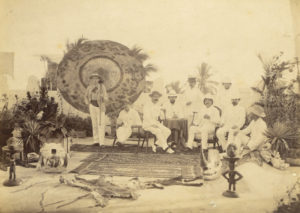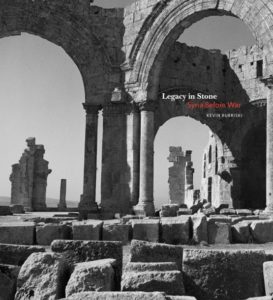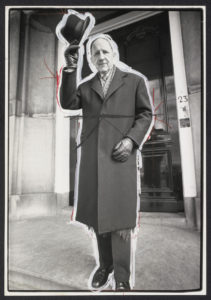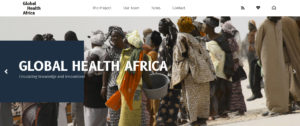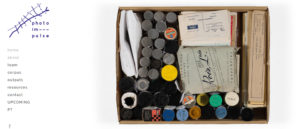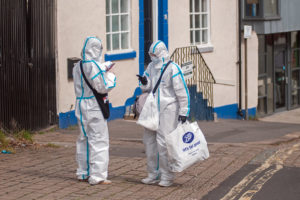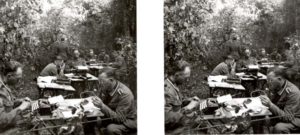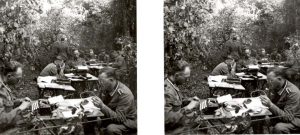German Maritime Museum Bremerhaven in cooperation with the Institute for Postcolonial Literary and Cultural Studies, the Institute for Anthropology and Cultural Studies and the Institute for Art History/ Film Studies/ Art Education at the University of Bremen
PD Dr. Gisela Parak, Prof. Dr. Kerstin Knopf, PD Dr. Cordula Weißköppel, Jun.-Prof. Dr. Elena Zanichelli
Preceding the German Maritime Museum’s exhibition, “Seeing the Other? The Colonial Gaze”, to be opened on 17.
[...]
Quelle: https://visual-history.de/2021/03/08/seeing-the-other/
